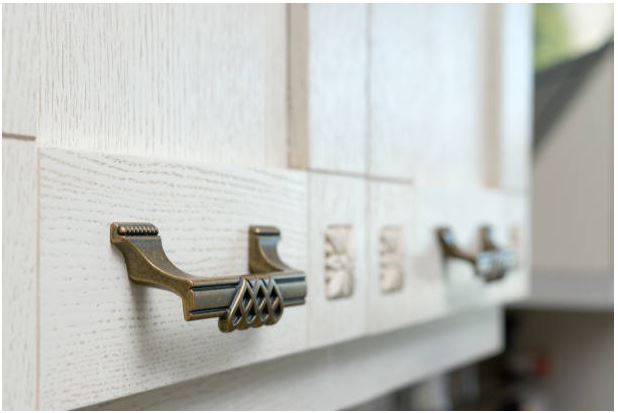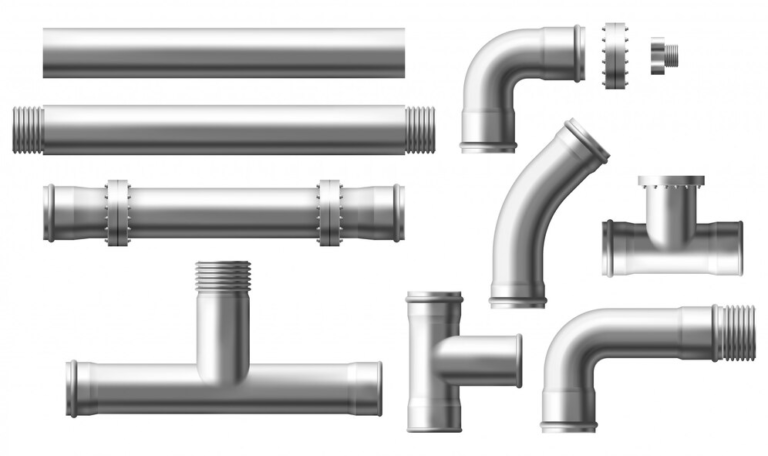Sustainable Practices in Furniture Hardware Production
Sustainability is now a major element of furniture hardware Green is the new black on account of the growing call for environmentally friendly practices. B2B organisations must integrate sustainability in production which not only fosters environmentalism but also underlines the organisations’ market competitiveness as well as the advancement of client relations. The concern of the present article is to analyse the issue of environmentally friendly strategies in furniture hardware manufacturing while exercising the principles of effectiveness.

Eco-Friendly Material Choices
Reusable Raw Materials
The profound methods of encouraging sustainability is through usage of recycling rights like stainless steel, aluminum, or brass in the bracing of the hardware part. These materials are resistant to corrosion, and have excellent mechanical properties and can undergo recycling several times and still exhibit the same properties.
For instance, massive cabinet hinges using stainless steel practice durability and reliability besides cutting on the consumption of resources since they can be recycled. This is particularly appealing to environmentally strategic B2B buyers due to the remaining sustainability goal in procurement.
Minimizing Toxic Coatings
Classical varnish usually incorporates volatile organic compounds that are ecologically sensitive during synthesis and at the end of their life cycle. Applying renewable related material like water-based paint or powder coatings will considerably minimize the environmentally sensitive.
The application of green coatings also allows improved appearance and strength of the final products without ignoring the requirements and restrictions of such standards. This is especially so for use in large quantity instances such as cabinet hinges applied to mass production furniture.
Energy efficiency in Manufacturing
Renewable Energy Sources
Transitioning to renewable energy has been severely challenged by issues of cost, intermittency, lack of storage infrastructure and technological limitations of existing power plants.
Manufacturing facilities can lower their CO2 emissions by adopting ways like sourcing renewable energy including solar or wind. It does so not only decreases reliance on fossil fuel, but also the future prices of energy are brought down.
For companies manufacturing massive quantities of cabinet hinges, renewable energy can light production facilities, as well as the lines, to make production both green and less expensive. This is considered a value-added by most clients on account of their own environmental agendas.

Productivity Improvement of Machinery and Processes
Sustainable manufacturing includes efficient machineries of production and optimized methods of production. High technology and technology use less energy compared to the old equipment, hence fewer emissions and cost on energy.
The option of smart automation and IoT will help to extend the process and increase efficiency by receiving data on the energy usage and possible enhancements. This helps ensure that manufacturers achieve sustainability without a loss of the production line.
Waste Reduction Strategies
Both of these different forms of utilising waste materials in the production of further products are useful ways of recouping the costs of creation, particularly when it comes to the organic byproducts of industries that cannot easily be reversed in the current ontological dispensation.
Furniture hardware production also creates a lot of scrap metals and other products that are by-products of the entire production process. Recycling programs adopted in various facilities help in making sure that such material is recycled thus reducing dumping on the landfills.
In case with bulk cabinet hinges, manufacturers can save off cuts or any defective piece to be reused as resources, hence, reducing wastes. This practice not only helped in dealing with the environmental effects but also cut down the expense of material.
Lean Manufacturing Practices
This paper aims at discussing lean manufacturing practices and thus, sub topic lean manufacturing practices will be focused here.
Lean manufacturing generally refers to a management philosophy dedicated to elimination of waste within a production system. Manufacturing leaders need to ensure that there is reduced consumption, cutting of wastage and unnecessary stocks- this way, better resource management as well as a sustainable manufacturing industry can be achieved.
Large quantities of cabinet hinges for instance can be ordered and the cost of purchasing lesser quantities used to buy more hives is avoidable hence leaning on this approach is very useful.
Sustainable Packaging Solutions
Reducing Packaging Waste
Plastic as well as foam are other conventional packaging materials that have been factions to the environment in many ways. As a result of this, changing to biodegradable or recyclable packing materials is employable to reduce this problem though improving the green image of the brand.
While shipping bulk cabinet hinges in B2B deals, the use of renewable packaging materials like corrugated cardboard or biodegradable plastics is an option that will be appealing to the clients.
Packaging design Improvement
Downward scaling of the packaging means that less energy and materials will be needed to transport the packaging across the country. Incorporating packaging design means that there will be less expense on shipping since companies will be able to make their packages efficient enough to contain what is needed.
This practice is useful especially for the import/export shipments because sustainability of the used packaging can bring great benefits to the environment and the economy.
Certification and certification compliances
Maintaining Environment North Ilsley
Obtaining certain certifications like ISO 14001 or LEEDs show that a manufacturer is an environmentally conscious manufacturer. These certifications assure B2B clients that the company complies with the international environmental management standards.
In the manufacturers who produce bulk cabinet hinges, these certifications are important and will increase credibility and competitiveness on the market.
Working with Green partners
The following are the four Green Partners with whom this company can work hand in hand to foster sustainable development:
This has the effect that partnerships with suppliers and distributors with sustainable goals create a more sustainable supply chain in general. They also need to tap sustainable and environmentally friendly materials and work with similar-minded suppliers to better address the client’s desire for green products.
Such systematic cooperation guarantees that all phases of the production cycle correspond to the principles of the firm’s environmental obligation.
Eco-friendly strategies have become not only the business development tendency but the imperative for B2B furniture hardware manufacturers. Drawing from the paper’s findings, this section aims at explaining how it is possible for manufacturers of bulk cabinet hinges and other products to meet environmental and client needs through such practices as use of recyclable materials, procedural energy efficiency, and waste minimization.
Moreover, International Food Ingredients Corporation recognizes these sustainable initiatives do much more than minimize the firm’s environmental impact, but they also open new doors to business development, product enhancement, and closer client ties. The growth in desire for sustainable solutions means that companies that adopt sustainable solutions will anticipate the future of furniture hardware production.






